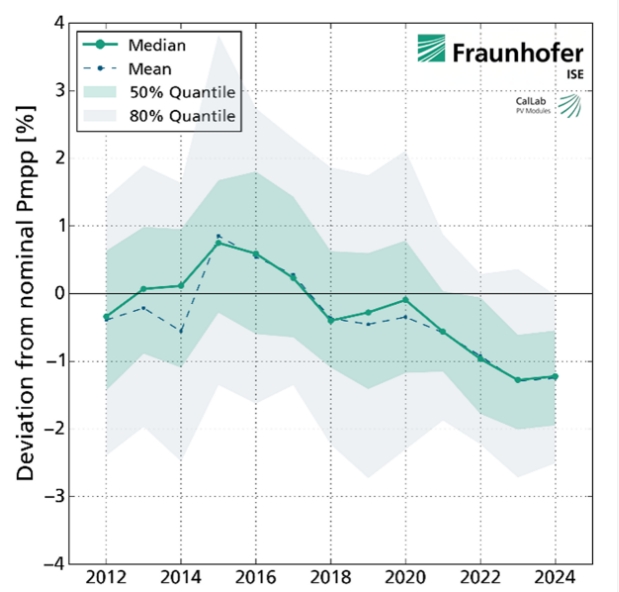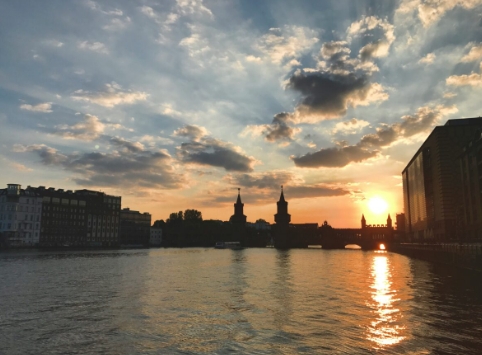
A building in Eppingen, Germany, with a red roof-integrated PV system
Matching the color of solar modules to the building roof or facade they are installed onto can further increase social acceptance of building-integrated photovoltaics (BIPV), according to new research.
The joint study, from the University of Freiburg’s Institute of Psychology and the Fraunhofer Institute for Solar Energy Systems, features two surveys investigating which solar module designs are accepted on different buildings.
The findings are presented in the research paper “(Not) in my city: An explorative study on social acceptance of photovoltaic installations on buildings,” available in the December edition of Technology in Society.
The first survey involved participants rating six different PV crystalline silicon molecule prototypes, varying in color and surface structure, on different buildings. It found different module designs were preferred depending on the building.
“The modules were mainly matched to buildings due to color integration and were rarely selected to make an artful addition to the building,” the research paper notes. “It can be inferred from these findings that for existing buildings, PV modules should be integrated as unobtrusive as possible, fitting into the established aesthetic concept of the building, in order to be socially accepted.”
The second study, where participants indicated their acceptance of a solar installation across 24 buildings via an online survey, found the acceptance of integrated photovoltaics in urban areas is generally very high, but increases further when the module was aesthetically integrated or invisible.
The results also found that in most cases, solar modules on historical buildings, including churches, are less accepted than on modern buildings. However, when the solar modules were invisible, there was no difference in acceptance across building types.
The researchers conclude that for existing buildings, it makes more sense to select colored solar modules that blend homogeneously into the building's appearance rather than using the module as an architectural detail. They add it is important to offer a wide range of aesthetically different modules to match different existing buildings.
“The overall findings of the studies emphasize the importance of the efforts in research/development of PV technology to not only focus on improving the technical aspects of a PV module, but also on its optical properties,” the research paper concludes.
“An important finding of the study is that the social acceptance of PV systems depends on the type of building and visual impression,” added Angela Zhou, lead author of the study. “These two factors weigh much more heavily than personal variables such as personal values, political attitudes or environmental concerns.”







